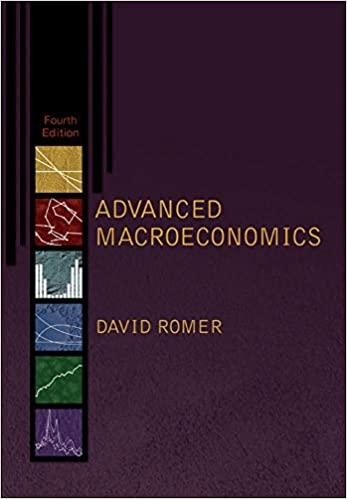10.6. Implicit contracts without variable hours. Suppose that each worker must either work a fixed number of...
Question:
10.6. Implicit contracts without variable hours. Suppose that each worker must either work a fixed number of hours or be unemployed. Let C E i denote the consumption of employed workers in state i and C U i the consumption of unemployed workers. The firm’s profits in state i are therefore Ai F (Li)−[C E i Li +
C U i (L − Li)], where L is the number of workers. Similarly, workers’ expected utility in state i is (Li/L )[U(C E i ) − K] + [(L − Li)/L ]U(C U i ), where K > 0 is the disutility of working.
(a) Set up the Lagrangian for the firm’s problem of choosing the Li ’s, C E i ’s, and C U i ’s to maximize expected profits subject to the constraint that the representative worker’s expected utility is u0.
26
(b) Find the first-order conditions for Li , C E i , and C U i . How, if at all, do CE and C U depend on the state? What is the relation between C E i and C U i ?
(c) After A is realized and some workers are chosen to work and others are chosen to be unemployed, which workers are better off?
Step by Step Answer:







